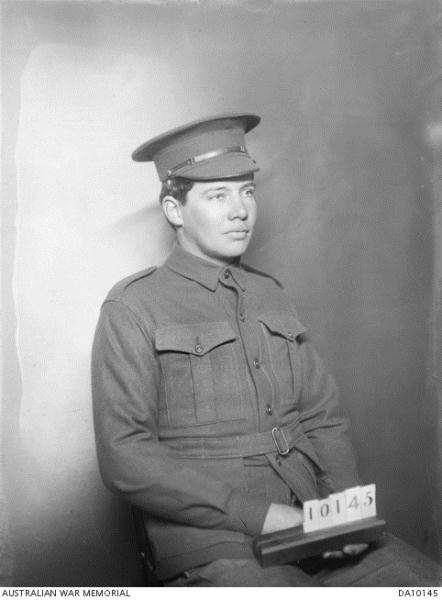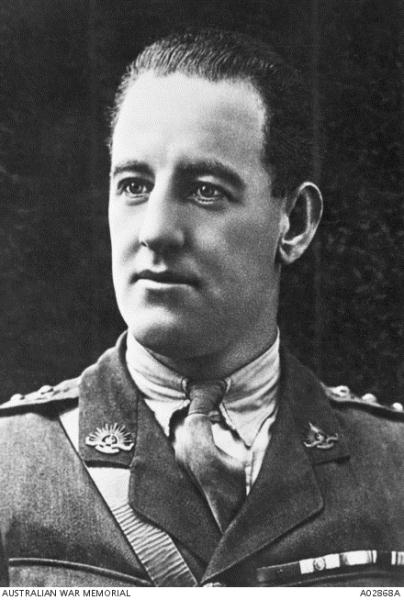By NOEL MURPHY
‘We are the ragtime army,
The A-N-Z-A-C,
We cannot shoot, we won’t salute,
What bloody good are we?
And when we get to Berlin
The Kaiser he will say,
Hoch, hoch, mein Gott,
What an awful bloody lot,
Are the A-N-Z-A-C.’
THIS marching song from World War I typified the larrikin spirit of Anzacs such as two special Geelong figures who volunteered to serve overseas only to find themselves in a maelstrom of blood and bullets at Gallipoli.
Both demonstrated the indomitable spirit associated with Anzac Day; the bravery, business-like soldiering and a willingness to challenge the enemy and superiors alike.
One was Albert Jacka, Geelong’s greatest war hero, who might have won multiple Victoria Crosses and been promoted far higher than captain had he not rubbed his superiors the wrong way.
Born outside Winchelsea, Jacka was the first Australian to win the Victoria Cross. His bravery at Gallipoli become a byword for courage under fire.
Aged 22 he single-handedly killed seven Turks in a trench conflict, shooting five and bayonetting two. He went on to become a recruiting poster figure, described as “the symbol of the spirit of the Anzacs”.
The other soldier was lesser known but a tough, witty Anzac and a great survivor.
Roy Longmore, a bombardier from Bannockburn who spent most of his war years underground digging tunnels as close as possible to Turkish trenches, was the last Victorian Anzac veteran of WW1. He died aged 107 in 2001.
After Gallipoli he went to France, was wounded at Pozieres in 1916 but stayed on duty.
Two years later he was wounded for a second time but stayed on duty again. He was promoted to corporal after the first injury and to lance sergeant after the second.
“It did not hurt much, just a couple of bullets through both my arms and legs,” he said laster.








